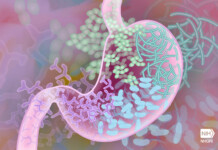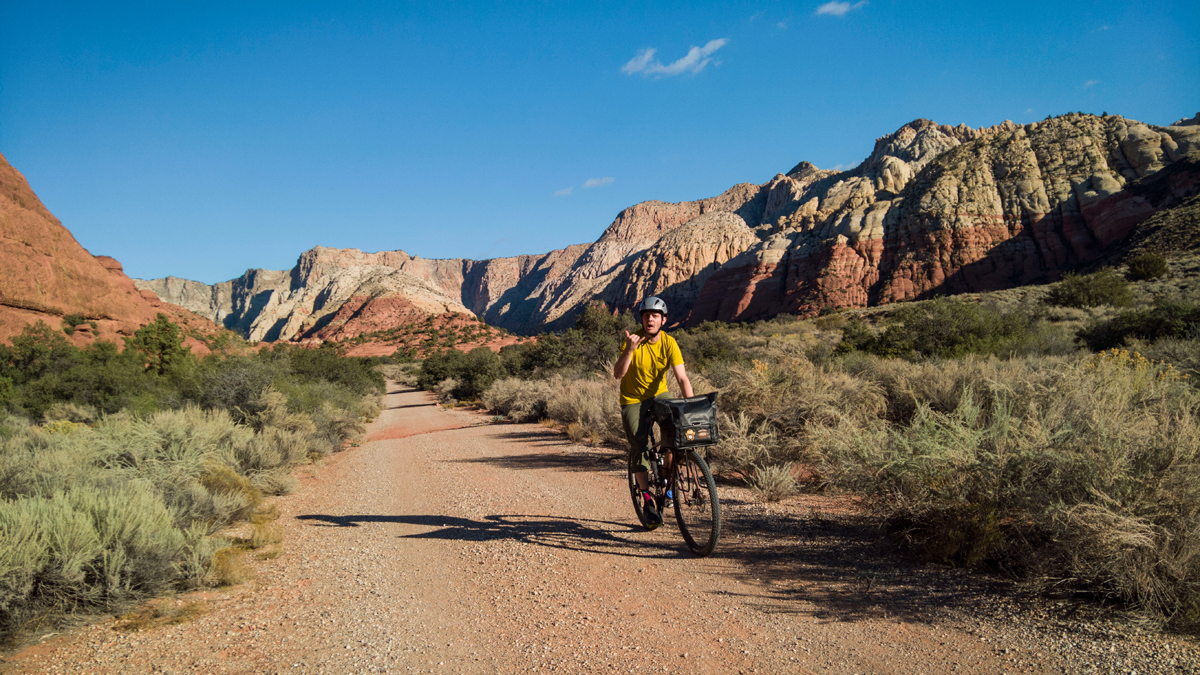By Jared Eborn — It was May 31 and I felt fabulous. Less than 24 hours earlier I was coming off one of those highs that come from an amazing workout.
I had just completed a 14-mile run and a 3000-meter swim as I trained for an Ironman distance triathlon a couple of months down the road. I felt on top of the world because the workout felt almost effortless – like I had turned a significant corner in my training and that I was in the best shape of my life.
[Editor’s Note: This essay was originally published in the September 2013 print edition of Cycling Utah.]
Hitting my goal of 12 hours seemed a distinct possibility. But that was on May 30.
At about 7:30 a.m. on May 31, a full-sized Dodge Ram pickup truck turned through an intersection and changed those plans and goals. Though I was in my car at the time, and thankfully not on my bike, the impact was brutal.
My goal went from racing 140.6 miles in 12 hours, from enduring the Crusher in the Tushar, from a sub-11 hour LOTOJA … well, my goals suddenly became more simple but quite possibly just as painful.
24 hours after running 14 miles and swimming 3000 meters my new goal was to keep the plunger thingy in my respirator at 500 milliliters for two seconds. Well, that and to be capable of going to the bathroom without the assistance of the nursing staff at Intermountain Medical Center.
Two broken ribs, a Grade 3 ruptured spleen, internal bleeding, a partially collapsed lung and the assorted aches, pains and bruises that come from getting side-swiped by a pickup truck effectively ended my season before it really even began.
No more Crusher. No more Ironman. No more LOTOJA. Heck, no more riding or running at all. After a weekend in the Shock-Trauma Intensive Care Unit my doctors told me I needed to take three months off any vigorous exercise. My limit was lifting no more than 10 pounds – roughly the equivalent to a gallon of milk and about four pounds less than my bike.
Yippee!
So what’s my point? Well, after a month or three of losing fitness and gaining weight – I went from 189 pounds to 202 at last check – I’ve finally received the green light from the doctor to resume training and racing.
All healed up but back to ground zero in many ways. I doubt there’s a 14-mile run in my near future.
That said, the handcuffs are off and the bike is no longer collecting dust on hooks in my garage.
And, like many other endurance athletes of various skill levels, after an injury-forced sabbatical from exercise, I find myself eager to get back to the lifestyle I had to abandon.
Over the next several months I’ll write about my road to recovery.
Though not a highly-competitive athlete, I enjoyed racing and found myself on a variety of age-group podiums at triathlons and even surprised myself with a top-10 finish in a few C Flight criteriums out at Rocky Mountain Raceway or in the Saltair Time Trial.
My goal is simple – to return to a level of fitness where I not only enjoy racing my bicycle, but also experiencing a little bit of success.
Traumatic injuries happen to athletes of all varieties. Some injuries happen when a pickup truck sends you to the ICU, others involve torn tendons, ligaments and muscles.
Recovery is a funny thing. It’s never the same for any two endurance athletes but at the same time most of us can relate. We know there’s a piece of our soul that’s missing and the only way to reclaim is just might be a long, labor-intensive process.
With the help of Plan 7 Endurance Coaching and David Harward, I hope to use data from power tests, lactate tests and VO2 Max tests to see how that recovery process will be.
After an short session on the bike with a computrainer tracking my power output, I know my journey back – to what, I don’t know – will be an experiment.
My 15 minutes on the bike with Plan 7 had me sweating and struggling to breath while sustaining what would have been an extremely easy cool-down ride.
I hope the journey proves to other athletes recovering from injury that it’s within reach. Injury, not even the kind that wipes out an entire season of plans and races, need not be the end of the road.
Rather, it can be an opportunity to reflect and renew the drive inside.









